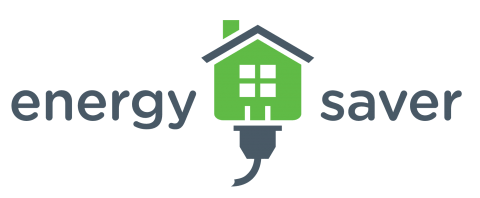
Solar energy is sustainable, renewable, and plentiful. As the cost of using solar to produce electricity goes down each year, many Americans are increasingly switching to solar. Now, there are over a million solar installations across the country. Below are additional benefits of switching to solar electricity.



Prompt: An abandoned windmill slowly losing its paint against a bright orange and yellow sunrise, tilting towards a sun-shaped patch of solar panels in the distance where a microgrid is supplying energy to homes. Use a black and white photo-realistic illustration style.
Remember AI is just a Thinking Partner in this process. Be sure to edit this prompt to make it say what you want it to say. Copy and paste this prompt into an image generator like https://StableDiffusionWeb.com..
Cost Savings
Financial returns and lower monthly utility bills are major incentives for going solar. The exact savings you will see with solar depends on the following:
- Electricity consumption
- Solar energy system size
- Whether you purchase or lease your system
- Direct hours of daily sunlight
- Size and angle of roof
- Local electricity rate.



While many factors affect the amount of energy a solar panel can produce, you can expect a typical single solar panel in the United States to generate about 2 kilowatt-hours (kWh) per day, saving an average of $0.36 on electricity costs per day.
Now, $0.36 doesn’t seem like a lot, but that’s just the energy savings for one panel over the course of one day. Installing a whole solar panel system, on the other hand, would save you more like $130 a month (or more!).
A solar electric system provides an opportunity for anyone who is looking to reduce monthly utility bills and make a long-term, low-risk investment.
Increased Home Value
Solar panels are viewed as upgrades, like a renovated kitchen or a finished basement, so purchasing a solar energy system will likely increase your home’s value. Studies sho that homeowners pay a premium for a solar home; one study by Lawrence Berkeley National Laboratory showed that on average, solar increased the value of a home by about $15,000. Although market factors like electricity rates and system size may impact the size of the premium, solar homes can sell for more than homes without PV. Learn more about solar and real estate.
Solar Works Everywhere
The solar resource of the United States is enormous. In fact, just one hour of noontime summer sun is equal to the annual U.S. electricity demand. Most states in the United States have good-to-excellent solar resource. Even places with relatively low solar resources, such as the Pacific Northwest and Alaska, can experience cost savings, and have similar solar resources to countries that have widely developed solar PV, like Germany.
Environmental
Each kilowatt-hour (kWh) of solar that is generated will substantially reduce greenhouse gas emissions like CO2, as well as other dangerous pollutants such as sulfur oxides, nitrogen oxides and particulate matter. Solar also reduces water consumption and withdrawal.






0 archived comments